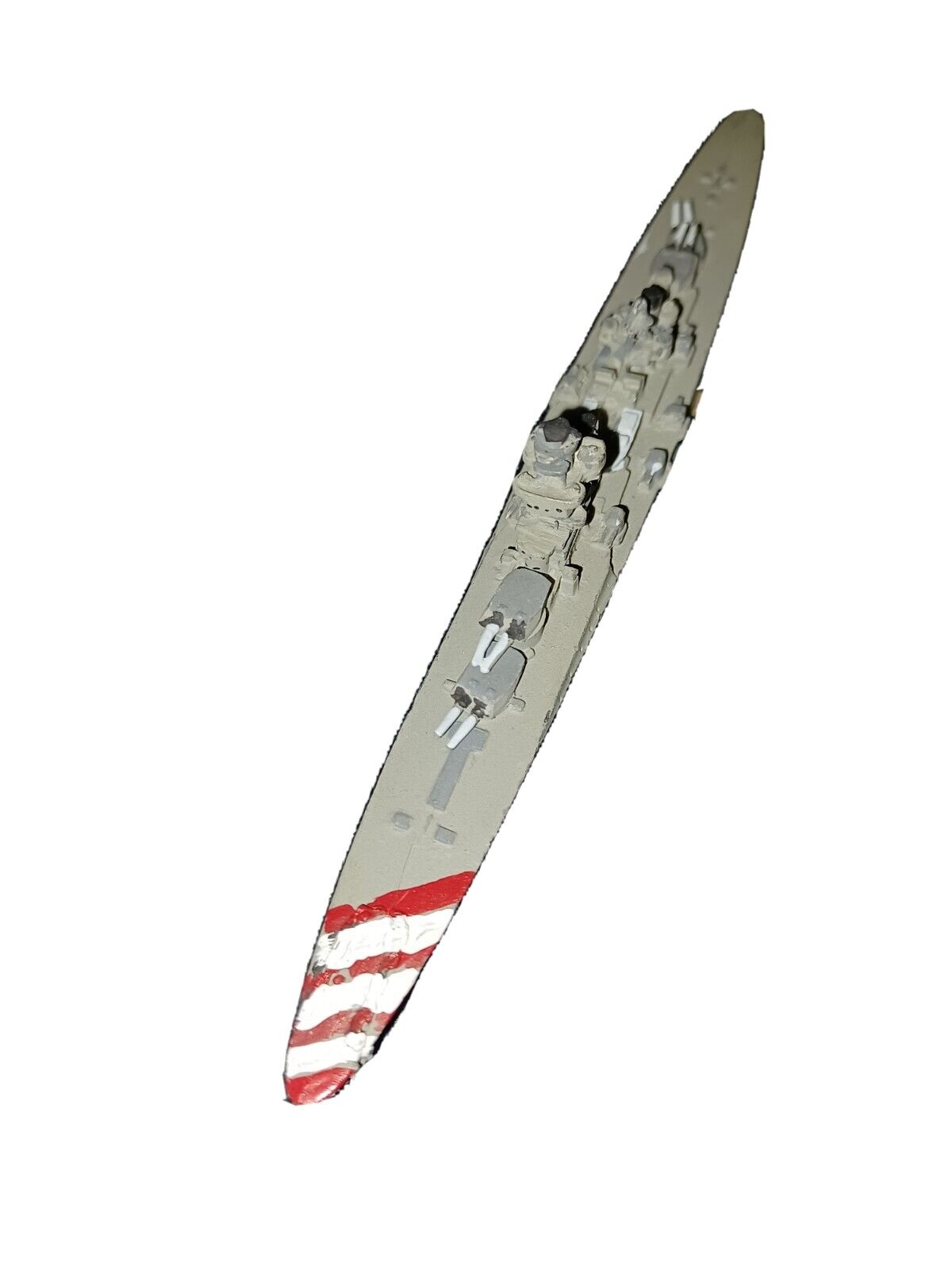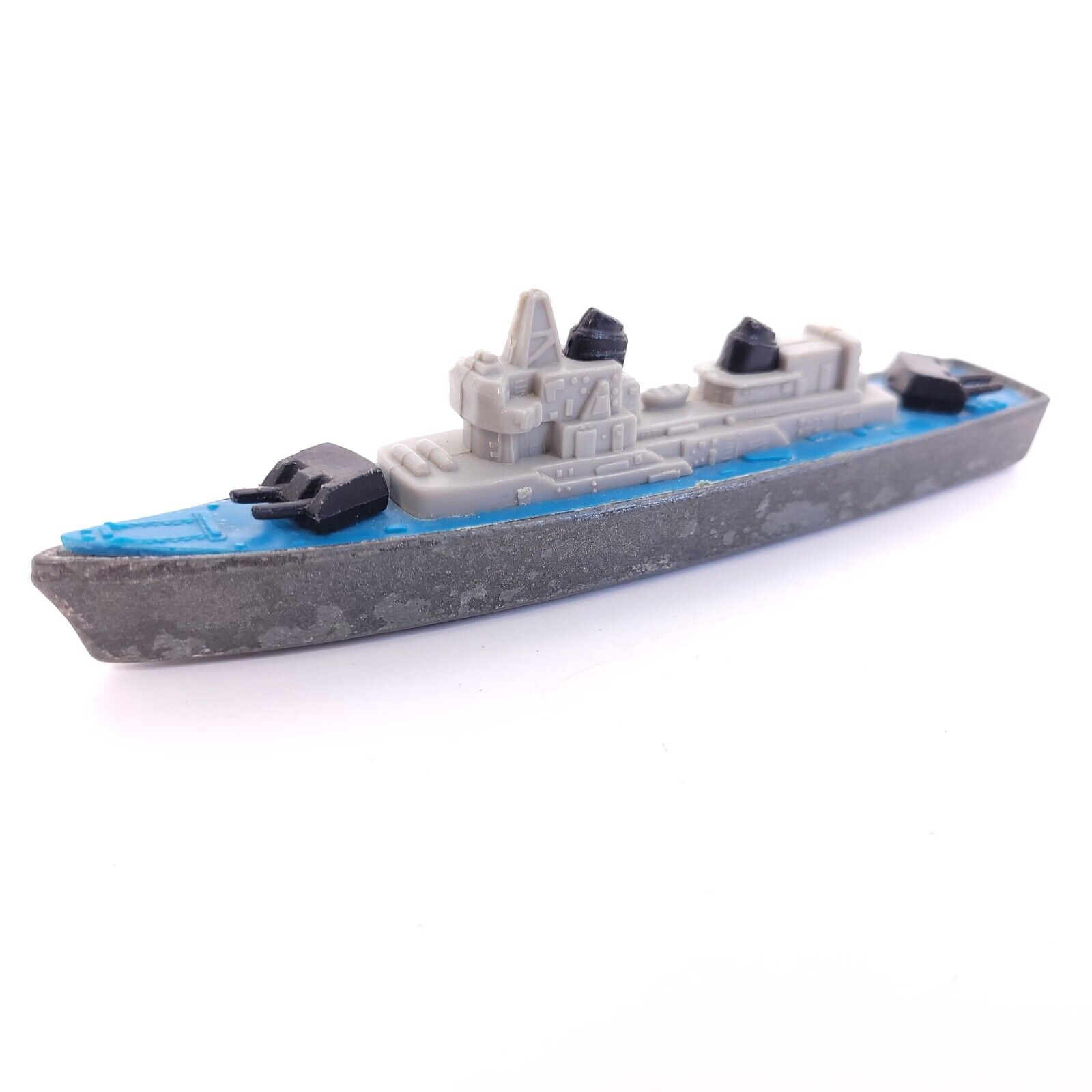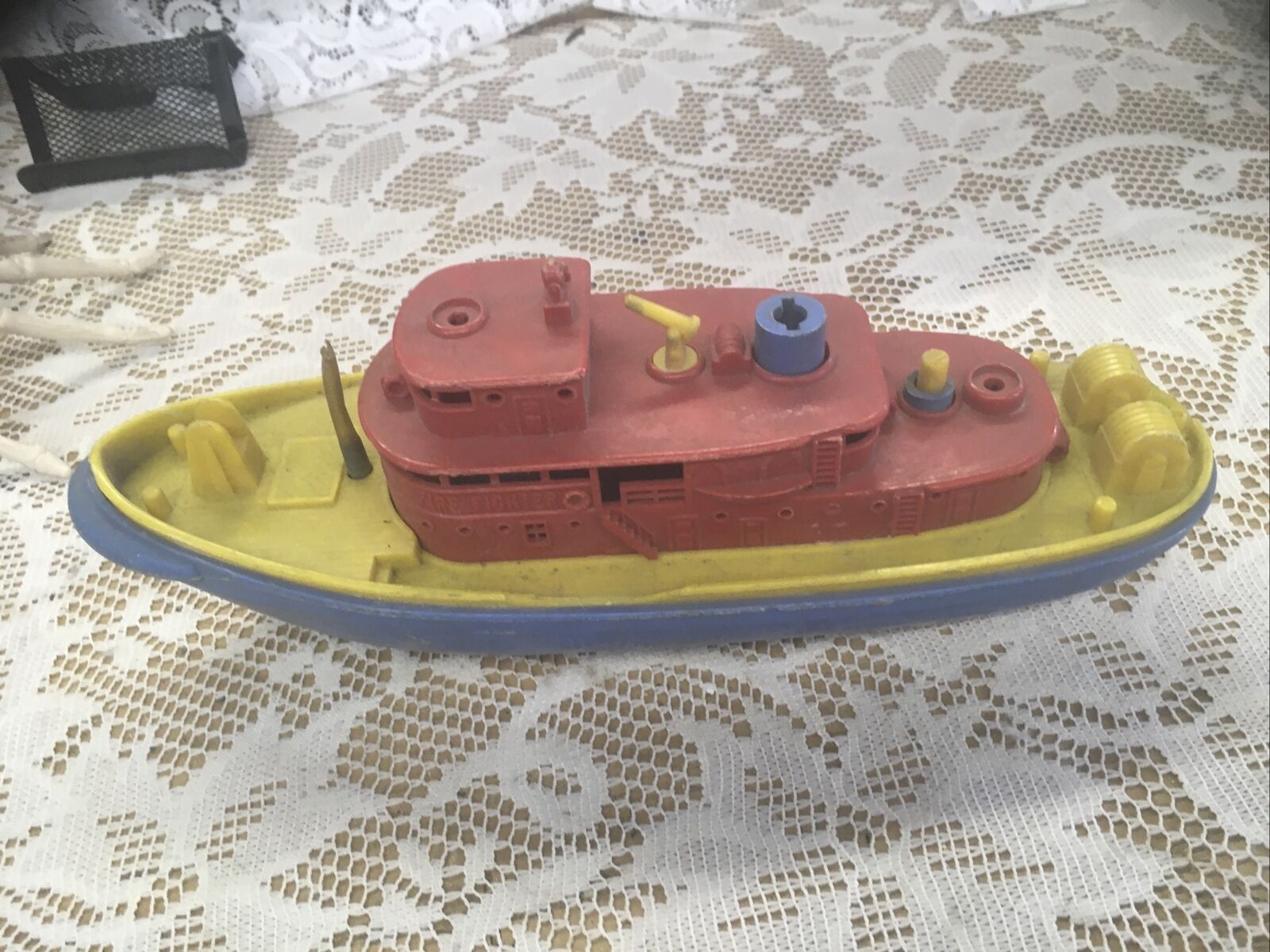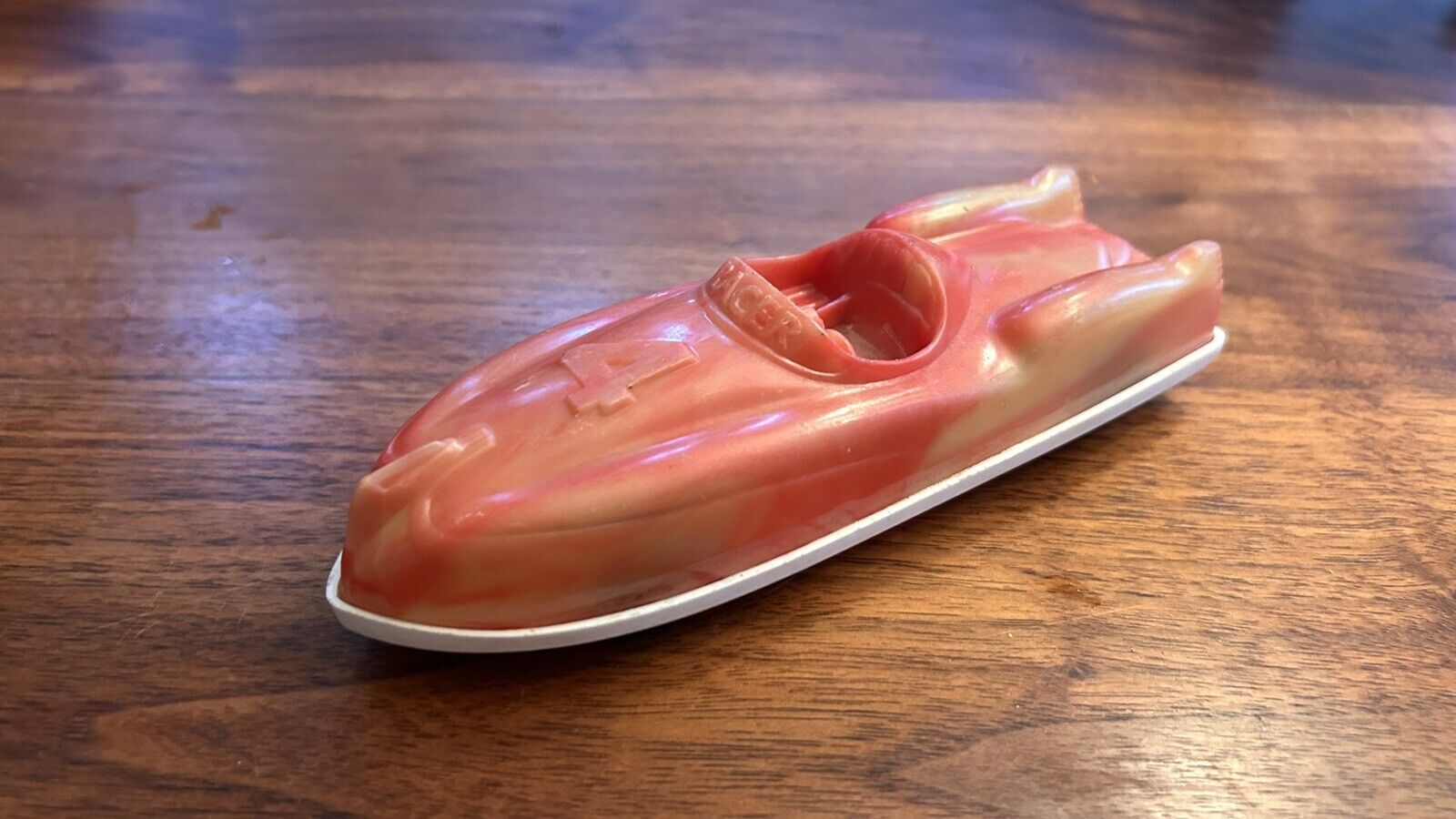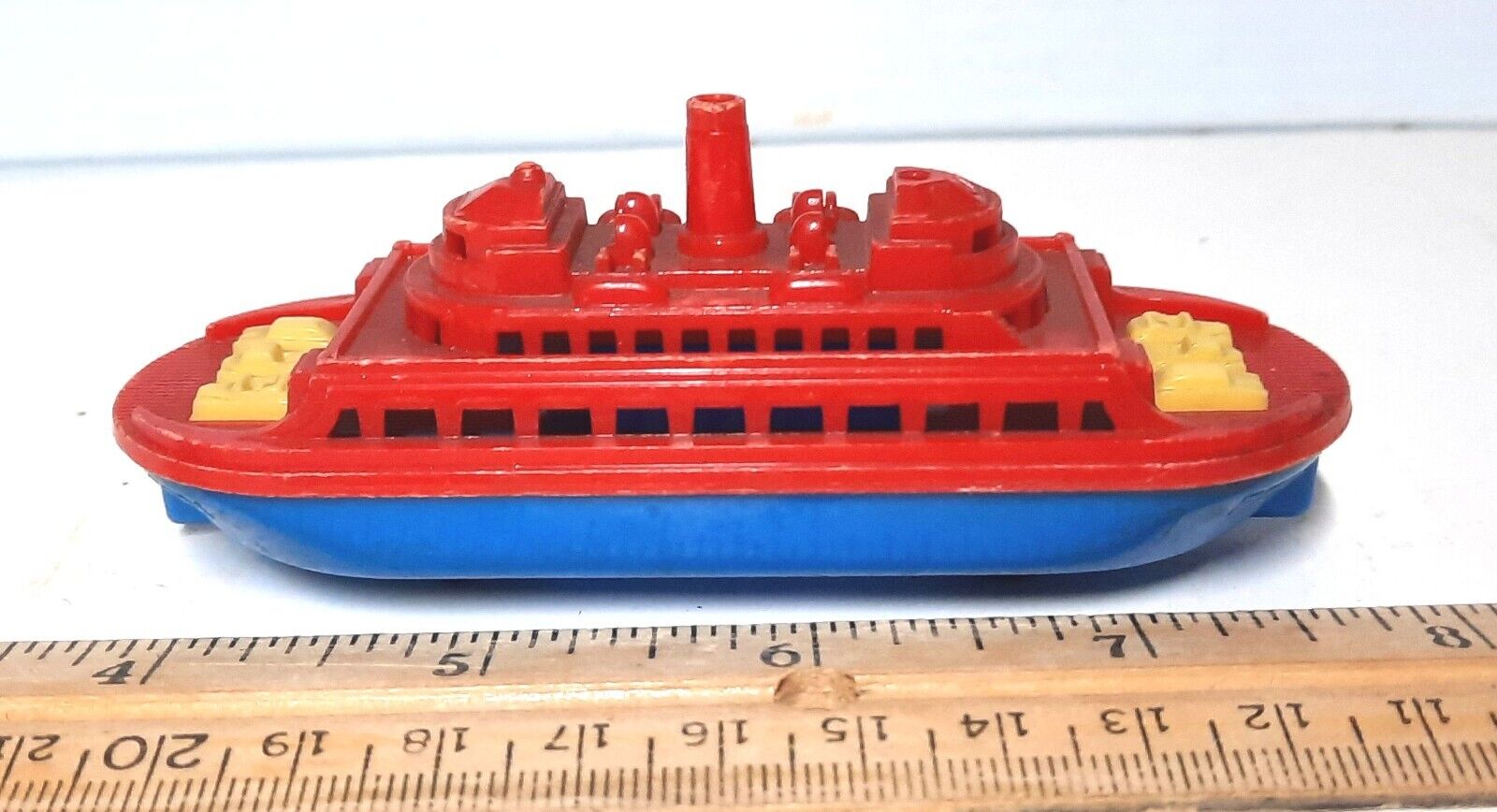-40%
Italian Cruiser Trento ww2 currently out of production
$ 11.61
- Description
- Size Guide
Description
Trentowas the first of two
Trento-class cruisers
; they were the first
heavy cruisers
built for the Italian
Regia Marina
(Royal Navy). The ship was
laid down
in February 1925,
launched
in October 1927, and was
commissioned
in April 1929. Trento was very lightly armored, with only a 70 mm (2.8 in) thick
armored belt
, though she possessed a high speed and heavy armament of eight 203 mm (8.0 in) guns. Though nominally built under the restrictions of the
Washington Naval Treaty
, the two cruisers significantly exceeded the
displacement
limits imposed by the treaty.
Trento early in her career
History
Kingdom of Italy
NameTrentoNamesakeCity of
Trento
Builder
Cantiere navale fratelli Orlando
,
Livorno
Laid down8 February 1925Launched4 October 1927Commissioned3 April 1929Stricken18 October 1946FateSunk, 15 June 1942General characteristicsType
Heavy cruiser
DisplacementFull load: 13,334 long tons (13,548 t)Length196.96 m (646 ft 2 in)Beam20.6 m (67 ft 7 in)Draft6.8 m (22 ft 4 in)Installed power
12
Yarrow boilers
150,000 hp (110,000 kW)
Propulsion4
Parsons turbines
Speed
Trials: 35.6 kn (65.9 km/h; 41.0 mph)
Service: 31 kn (57 km/h; 36 mph)
Range4,160
nmi
(7,700 km; 4,790 mi) at 16 kn (30 km/h; 18 mph)Complement
Peacetime: 723
Wartime: 781
Armament
8 ×
203 mm (8 in) / 50
caliber
guns
16 ×
100 mm (4 in) / 47 caliber guns
8 ×
Vickers-Terni 40 mm/39
caliber anti-aircraft guns
8 ×
13.2 mm (0.52 in) machine guns
8 × 533 mm (21 in)
torpedo tubes
Armor
Belt
: 70 mm (2.8 in)
Deck
: 20 to 50 mm (0.79 to 1.97 in) deck
Turrets
: 100 mm (3.9 in)
Conning tower
: 100 mm (3.9 in)
Aircraft carried2 ×
IMAM Ro.43
seaplanes
Trento frequently served as the
flagship
of the Cruiser Division throughout the 1930s. During the pre-war period, she also made lengthy trips abroad, including a tour of South America from May to October 1929 and a deployment to China from January to June 1932 to protect Italian nationals during the
Chinese Civil War
. She also took part in numerous
naval reviews
held for visiting foreign leaders.
After Italy entered
World War II
in June 1940, Trento saw extensive action in the
Mediterranean Sea
, including at the battles of
Calabria
,
Cape Spartivento
, and
Cape Matapan
in July and November 1940 and March 1941, respectively. She was also present during the inconclusive
First
and
Second Battles of Sirte
, and at the latter she severely damaged a British
destroyer
. Trento was also frequently tasked with escorting convoys to supply Italian forces in North Africa as well as interdicting British convoys to
Malta
. During one of the latter missions to attack the British
Operation Harpoon
convoy in June 1942, Trento was torpedoed twice, first by a
Bristol Beaufighter
torpedo bomber
and then sunk by the
submarine
HMS Umbra
with very heavy loss of life.
stationed in
Messina
, once again the flagship of the 3rd Division. The following day, Trento and the rest of the 3rd Division joined the 6th Division for a patrol in the
Strait of Sicily
, where they laid a minefield. On 8 July, the 3rd Division escorted a convoy to Libya, along with the battleships of the 1st Division; the next day, the returning warships collided with a heavily protected British convoy. In the ensuing
Battle of Calabria
, Trento engaged British cruisers and was heavily attacked by British aircraft, though she emerged undamaged. A force of 120 Italian aircraft arrived after both fleets had disengaged, and some Italian pilots accidentally attacked Italian vessels, prompting the fleet to paint red stripes on the forecastles of each ship. Another convoy to Libya, which passed without incident, followed on 30 July, with Trento returning to Messina on 1 August. On 31 August, the 3rd Division sortied to intercept the British convoys in
Operation Hats
, though the Italian fleet broke off the operation without encountering the merchant ships. Trento arrived back in Taranto on 2 September.
[5]
Early on the morning of 12 October, Italian destroyers and torpedo boats engaged a pair of British cruisers in the
Battle of Cape Passero
; one of the destroyers,
Artigliere
, was badly damaged in the action. Trento, Trieste, and
Bolzano
were ordered to relieve the Italian light forces at 08:00, though this was far too late to save Artigliere, which was sunk about an hour later.
[6]
While on the way back, British aircraft attacked the Italian cruisers without success. On 21 October, Trento was moved to Taranto, and she was present in the harbor on the night of 11–12 November, when the British
raided the port
. During the attack, a single bomb hit the ship, though it failed to explode. It nevertheless damaged the forward 100 mm mount on the port side.
[5]
On 26 November, Trento sortied with the fleet,
[7]
in an attempt to intercept another convoy to
Malta
.
[8]
The following morning, a reconnaissance floatplane from Bolzano located the British squadron.
[9]
Shortly after 12:00, Italian reconnaissance reports informed the Italian fleet commander,
Vice Admiral
Inigo Campioni
of the strength of the British fleet, and so he ordered his ships to disengage. By this time, Trento and the other heavy cruisers had already begun engaging their British counterparts in the
Battle of Cape Spartivento
, and had scored two hits on the cruiser
HMS Berwick
, the second of which is credited to either Trieste or Trento.
[10]
[11]
The
battlecruiser
HMS Renown
intervened to protect the British cruisers, which forced Campioni to commit the battleship
Vittorio Veneto
to the battle. This in turn forced the British cruisers to break off the action, allowing both sides to disengage.
[12]
Battle of Cape Matapan
The 3rd Division escorted another convoy to North Africa on 12–13 March 1941. Two weeks later, on 27 March, the division—at this time commanded by
Rear Admiral
Luigi Sansonetti
—sortied with the rest of the fleet for a major sweep toward the island of Crete.
[13]
[14]
At 06:55 on the 28th, an IMAM Ro.43
floatplane
launched by Vittorio Veneto located a British cruiser squadron, and by 07:55, Trento and the 3rd Division had come within visual range. Seventeen minutes later, the Italian cruisers opened fire from a range of 24,000 yd (22,000 m), initiating the first phase of the
Battle of Cape Matapan
; in the span of the next forty minutes, Trento fired a total of 204
armor-piercing shells
, though trouble with her
rangefinders
and the extreme range of the action prevented her from scoring any significant hits.
[15]
[16]
At 08:55, the Italian fleet commander, Vice Admiral
Angelo Iachino
instructed Sansonetti to break off the action with the British cruisers and turn northwest, to lure the British vessels into range for Vittorio Veneto. By about 11:00, Vittorio Veneto had closed the distance enough to open fire, prompting Sansonetti to turn his three cruisers back to join the fight. The 6-inch-gun-armed British cruisers were outmatched both by the Italian heavy cruisers and Vittorio Veneto, and they quickly reversed course. While the two sides were still maneuvering, a group of British torpedo bombers from Crete arrived and unsuccessfully attacked Trento and the rest of her division shortly after 12:00.
[17]
Further attacks from the
aircraft carrier
HMS Formidable
convinced Iachino to break off the action and withdraw at 12:20.
[18]
Later in the day, Vittorio Veneto and Pola were torpedoed by British aircraft, the latter left immobilized. Trento, Trieste, and Bolzano were also attacked by aircraft, but they escaped without damage. Trento reached Taranto in company with the damaged Vittorio Veneto at 15:30 the following day. In the meantime, Pola and two other Zara-class cruisers were destroyed in the night action with British battleships late on the 28th.
[19]
Convoy operations and loss
Edit
Trento moved to La Spezia on 6 May for an extensive overhaul that lasted until 5 August, at which point she returned to Messina. She took part in the
Duisberg convoy
on 8–9 November along with Trieste, the two ships serving as the convoy's covering force. The convoy was attacked by British warships in the early hours of 9 November, though the covering force failed to intervene and the convoy was destroyed.
[13]
[20]
Another convoy followed on 21 November, and during the crossing Trento helped to defend against a British air attack. Less than a month later, on 16 December, Trento joined most of the other heavy units of the fleet to escort two large convoys to Benghazi and Tripoli. The following day, the fleet encountered British forces covering a merchant ship steaming to Malta, leading to the inconclusive
First Battle of Sirte
. On 22 March 1942, Trento joined the battleship
Littorio
, the cruisers
Gorizia
and
Giovanni delle Bande Nere
, and several destroyers in an attempt to intercept a British convoy. In the
Second Battle of Sirte
, the four ships attacked Convoy MW10, but the British escorts—four
light cruisers
and eighteen destroyers—prevented the Italians from attacking the merchant ships. According to some sources, Trento scored a hit on the destroyer
HMS Kingston
in this action, inflicting heavy damage.
[21]
Two Italian destroyers,
Lanciere
and
Scirocco
, foundered in heavy weather after the battle; Trento attempted to come to their aid, but they sank before she could reach them.
[13]
On 14 June, Trento left Taranto with Littorio, Vittorio Veneto, Gorizia, and the light cruisers
Giuseppe Garibaldi
and
Emanuele Filiberto Duca d'Aosta
to attack the British convoy from
Alexandria
steaming to Malta in
Operation Harpoon
. The following morning, while steaming in the
Ionian Sea
, a British
Bristol Beaufighter
torpedo-bomber scored a hit on Trento at around 05:00. The torpedo caused a serious fire in the forward
boiler rooms
, which forced the ship to stop. Some of the escorting destroyers laid a smoke screen to hide the ship from further attacks and tried to tow her back to port, but at 09:10, the British
submarine
Umbra
torpedoed the crippled cruiser. The forward
magazines
exploded, sinking Trento in a matter of minutes.
[13]
Her rapid sinking doomed many of her crew, with some 549 men out of a wartime complement of 51 officers and 1,100 enlisted going down with the ship. Among the dead was her commander, Captain Stanislao Esposito. The other Italian warships managed to rescue 602 men, of whom around a third were wounded. Of those, 21 men later died of their wounds.
[22]
On 18 October 1946, the postwar
Italian Navy
formally struck Trento from the
naval register
.
[13]
